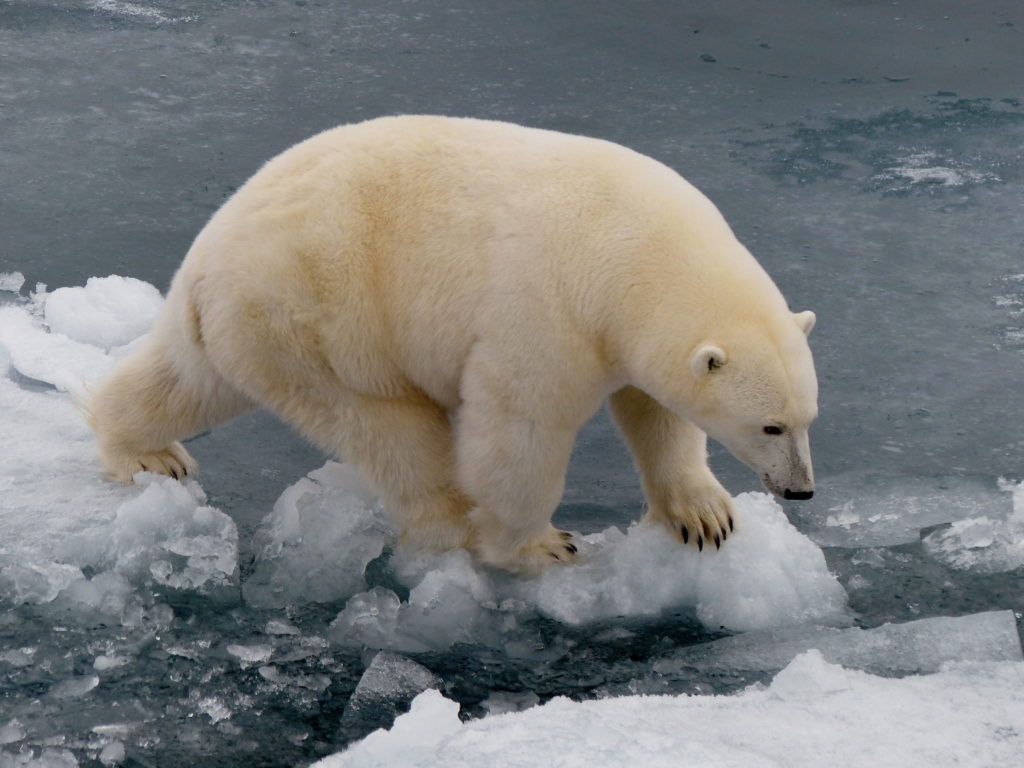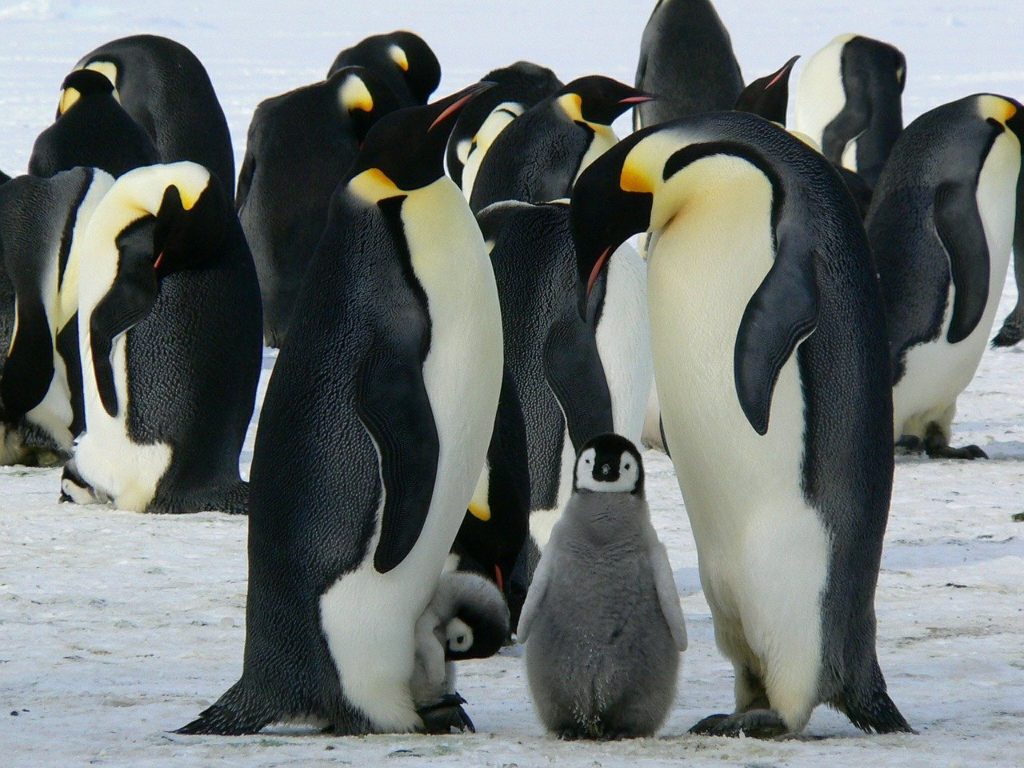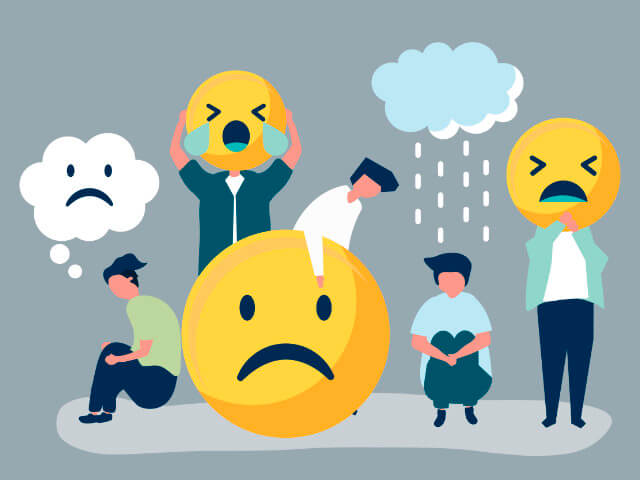What animals are affected already by climate change?
Climate change can directly affect animals: for example, if they are used to particular temperatures and things get warmer, if they can’t move (like corals) then things can get very uncomfortable, and you have probably heard about bleaching events on the Great Barrier Reef.
If they can move, they might be able to move into other areas – shift their natural range – like sea urchins coming down from coastal Australian waters along the east coast of Tasmania. Another example is temperate species moving into polar regions, and this is being seen in North Atlantic fishes (like mackerel) expanding into the Arctic. But the ranges of polar species like Arctic cod are getting smaller which is important for all those marine mammals that like to eat this fatty fish.
Climate change can make really big changes to key habitats: the place where animals live. This is most obvious in icy places – the Arctic and Antarctic. One animal everyone thinks is very special is the polar bear. Changes in the timing, duration and thickness of Arctic sea ice and snow are linked to changes in where they are living, where they make their dens for pupping, where they forage and what they’re eating, as well as how far they have to swim (instead of travelling over ice). Some populations are declining but others are doing okay.

In the Antarctic, the famous Emperor penguins breed and raise their chicks on the fast ice, which is stable sea ice that is attached to land. If sea ice breaks up too early, they lose their chicks, so they are really vulnerable to sea ice loss with climate change without major cuts in carbon pollution. Their situation is spearheading an urgent call for stronger climate action and protections for these penguins. If nations meet the Paris Climate Agreement’s 1.5 degrees Celsius target, the penguins’ population should stabilize by 2100.

Different patterns are being seen in different penguin species – for example on the Antarctic Peninsula the gentoo penguins has increased its population size and expanded the area it occupies over the last 20 years.
Climate change can also alter weather patterns – for example, making intense storms more frequent – more rainfall which can affect say shy albatross trying to raise their chicks on their breeding islands in Bass Straight north of Tasmania. These birds build nests out of mud and plant material, and bad conditions affect if chicks survive. Scientist are trying to help with supplying special concrete and mudbrick nests.
So, we can see from these examples that some animals might be colonising new areas while other species are losing out. The more we can limit climate change impacts the more we can help those species that have evolved really special life cycles to thrive in their natural environments.











